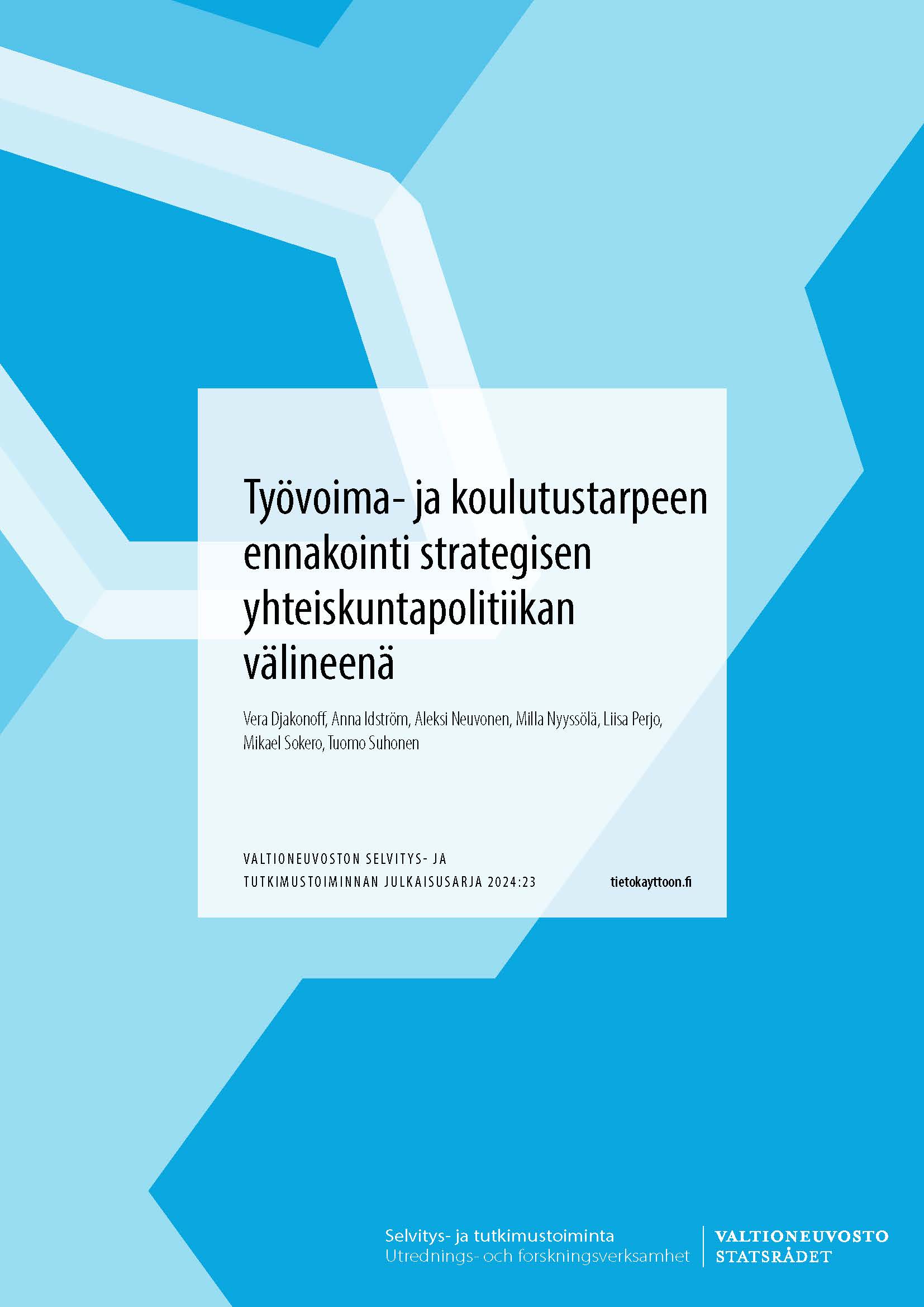Wage garnishment, social security and labor supply
Abstract
We study the relationship between the wage garnishment, poverty and labor supply. We discuss the properties of an optimal system conceptually, we compare the Finnish system to those of the US and Germany, and we describe those is wage garnishment statistically. Moreover, we study the effects of different reform alternatives using the SISU microsimulation model.
A significant proportion of those in wage garnishment are thus low-income individuals, which means that reforming the system could potentially improve welfare.
The wage garnishment program also has indirect effects, including on labor supplyThe reforms studied here could lower the participation tax rate by up to one and a half percentage points. A progressive garnishment schedule reform studied here would have the largest impact on the participation tax rate of all the reforms considered. A lower garnishment rate will prolong the payback period and thus lower labor supply at the end of the payback period. Any reform that is not coupled with debt cancellations e.g.in the form of debt restructuring would not have a significant effect on total labor supply.
We conclude that simplifying the system, making the payment schedule more progressive and making debt restructuring easier seem like potential routes to improve welfare.
Publication Information
Isotalo, E., Kanninen, O., Karhunen, H., Maczulskij, T., & Ravaska, T. (2021), Ulosottovelka, sosiaaliturva ja työn tarjonta, Publications of the Government´s analysis, assessment and research activities 2021:40.
- ISSN: 2342-6799 (Online)
- ISBN: 978-952-383-158-2 (Online)

- Ohto Kanninen
- Chief Researcher
- Tel. +358-41 513 7175
- ohto.kanninen@labore.fi
- Profile

- Hannu Karhunen
- Research Leader
- Tel. +358-40 940 2779
- hannu.karhunen@labore.fi
- Profile


